denominator
0
207 record(s)
Type of resources
Available actions
Topics
INSPIRE themes
Keywords
Contact for the resource
Provided by
Years
Formats
Representation types
Update frequencies
Status
Scale
geoDescCode
cartografia
geographicCoverage
geographicCoverageDesc
inspirecore
hvd
referenceDateRange
denominatorRange
resolutionRange
dataPolicy
openServiceType
dataType
dataFormat
-
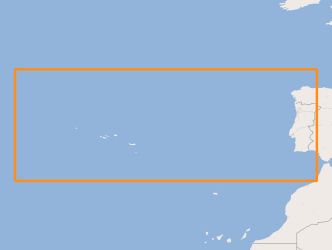
Location of structures resulting from the submarine fluids emissions, such as: mud volcanoes (methane hydrates); Pockmaks (methane) and hydrothermal vents (fluids enriched in salts and metallic elements), located between the Mid-Atlantic Rift zone (Azores archipelago) and the continental margin.
-
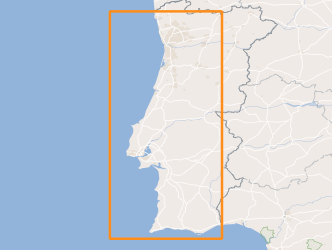
Delimitation and classification of coastal and estuarine-lagoon areas of molluscs and bivalve production located in the mainland published by Diário da República (the Portuguese Official Gazette) Nº. 45/2017, 2nd series of 2017-03-03, Order Nº. 1851/2017. To check the status of classification and / or the most current bans associated with the areas it is recommended to consult the IPMA page dedicated to the matter from 'http://www.ipma.pt/en/pescas/bivalves'.
-
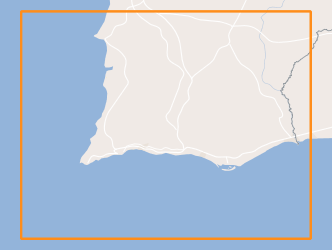
Within Portugal's National Biological Sampling Project (PNAB) a set of activities are conducted in the collection, management and use of biological data, collected from the registered commercial fleet in mainland Portugal (fisheries-dependent data) and several research surveys (independent fisheries data). These activities allow the assessment of the state of fishery resources, population structure, distribution and abundance of resources, diversity and dynamics of biological communities associated with the fishery resources and biological studies (growth, reproduction).This resource shows the geographic distribution of Norway lobster abundancy index (nr. individuals/hour) registered during the CRUSTACEOS2010 campaign in June 2010.
-
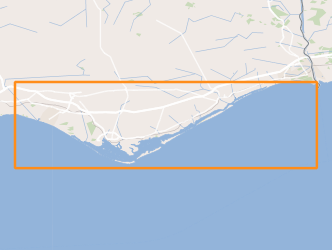
IPMA conducts regularly, since 1996, monitoring campaigns of bivalve molluscs banks that occur in the oceanic coast of the South West zone, in order to assess their condition. These campaigns allow the adjustment of the fishing effort and fishing quotas to the state of resources in order to not compromise its sustainability.This resource shows the geographic distribution of white clam biomass index (g/5 minutes per drag) recorded during the bivalve banks monitoring campaign held in June 2014.
-

Areas that evidence the occurrence of submarine landslides, located between the Middle Atlantic Rift zone (Azores archipelago) and the Continental margin.
-
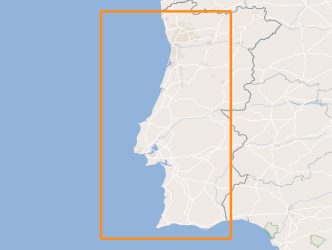
Sedimentological characterization of part of the continental shelf. Folk classification (7 classes).
-

Delimitation of portuguese coastal shellfish waters, according to the Law nº 236/98 and the European Directive 2006/113/EC concerning the protection of the aquactic environment and improvement of water quality in order to support shellfish (bivalve and gasteropod molluscs) life and growth and thus to contribute to the high quality of shellfish products directly edible by man, as well as the evaluation of the quality of coastal shellfish waters - Conformity according to Directive 113/2006 / EC, excluding the metals silver (Ag) and Arsenic (As), and fecal coliforms.
-
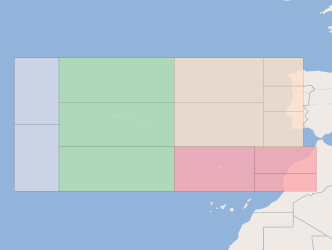
Limits used for the issuance of Meteorological Forecast Reports for Maritime Navigation in the areas of sea of national responsibility (Mainland Portugal, Azores and Madeira), inserted mainly in METAREA II, according to the standards defined by the Global Maritime Distress and Safety System (GMDSS).
-
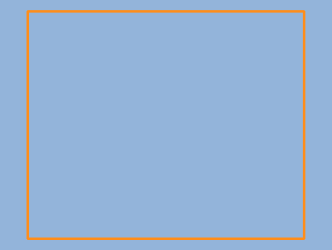
The Nazaré Artificial Reef deployed in 2010, covering an area of apr. 3 Km2 was a public project commissioned by the Nazaré Council, with the technical and scientific support of the multidisplinary research team from IPMA.
-

Volcanic centres in the Portuguese offshore, located between the Mid-Atlantic Rift zone (Azores archipelago) and the continental margin.
